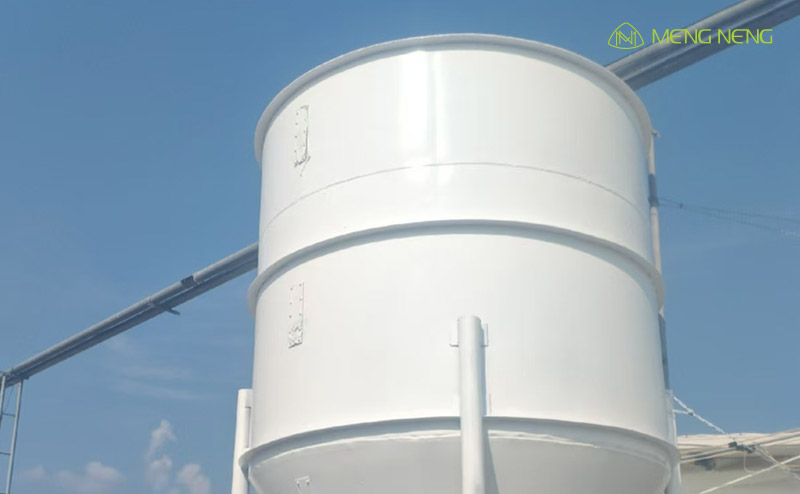The Importance and Influencing Factors of Surface Glossiness
Surface glossiness refers to the ability of a coating surface to reflect light, commonly used to assess the aesthetic effect of coatings. It directly affects both the appearance and performance of the coating, including its stain resistance and wear resistance. Controlling gloss is essential for achieving the final result, especially in industries such as automotive, furniture, and construction.

I. Importance of Surface Glossiness:
Improving Aesthetic Appeal: Glossiness makes the coating surface appear smoother and brighter, enhancing its visual appeal. High-gloss coatings are often used in high-end products and decorative coatings to improve product class and attractiveness.
Enhancing Stain Resistance: Coatings with higher gloss have smoother surfaces, making them easier to clean and effectively improving stain resistance. Low-gloss coatings are more prone to dust and stains.
Improving Durability: High-gloss coatings usually have stronger weather resistance and wear resistance, better withstanding external environmental impacts and extending the coating’s lifespan.
II. Factors Affecting Surface Glossiness:
Coating Formulation: The resin type, solid content, additives, etc., all influence the glossiness of the coating. The ratio of resin to solvent, especially the use of organic solvents, determines the final gloss effect of the coating.
Application Method: The application method and construction techniques directly affect the uniformity and glossiness of the coating. For example, spray coating usually achieves higher gloss, while roller coating may result in uneven gloss.
Coating Thickness: The thickness of the coating is an important factor affecting glossiness. Too thick a coating can cause the surface to lose smoothness, impacting gloss.
III. How to Control Surface Glossiness:
Choose the Right Coating: Selecting the appropriate resin and additives, optimizing the coating formulation, helps control the glossiness. High-gloss coatings are generally suitable for areas that require higher aesthetic effects.
Adjust Construction Techniques: Choose the appropriate application method, such as spraying, brushing, or rolling, according to the coating requirements to achieve a uniform and ideal gloss effect.
Control Coating Thickness: Properly controlling the thickness of the coating and avoiding excessively thick coatings helps maintain gloss and keeps the coating smooth and uniform.
IV. Conclusion:
Surface glossiness is an important indicator of coating quality, directly affecting both aesthetics and durability. By properly selecting the coating type, adjusting construction techniques, and controlling the coating thickness, the glossiness of the coating can be effectively controlled to achieve optimal results.